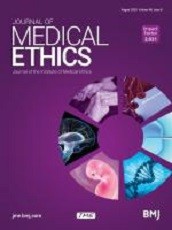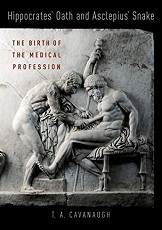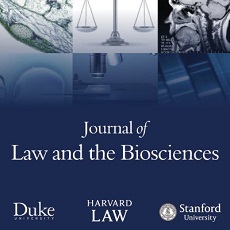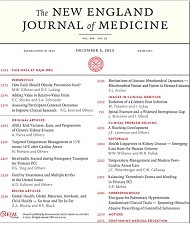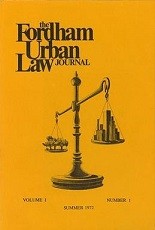Julian Savulescu, Janet Radcliffe-Richards
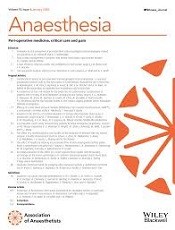
Extract
[Referring to Sinmyee et al] This seems to us to be an important, landmark paper. This is because the issues it addresses are important in their own right: how to ensure death without suffering in jurisdictions where assisted dying (including assisted suicide or euthanasia) is allowed, and also, because the technicalities are the same, in cases of capital punishment by lethal injection. Moreover, the paper shows the potential for the use of anaesthesia in contexts beyond surgery. Anaesthesia in its ordinary uses is intended to facilitate surgery designed to restore a patient to improved health and functioning. In assisted dying, however, there is no question of restoring health. The proposition is to use anaesthesia primarily to prevent suffering in a patient who is about to die and, in this sense, places anaesthesia on a new footing as a primary medical intervention, serving a purpose in its own right. . .
Savulescu J, Radcliffe-Richards J. A right to be unconscious. Anaesthesia. 2019 May; 74(5): 557-559
